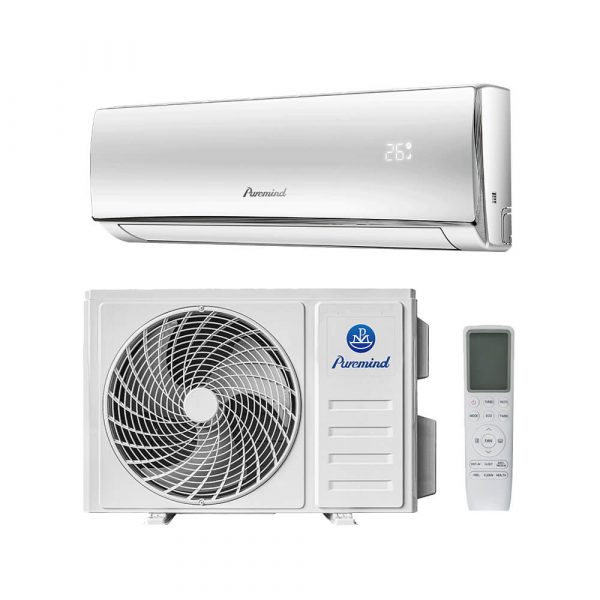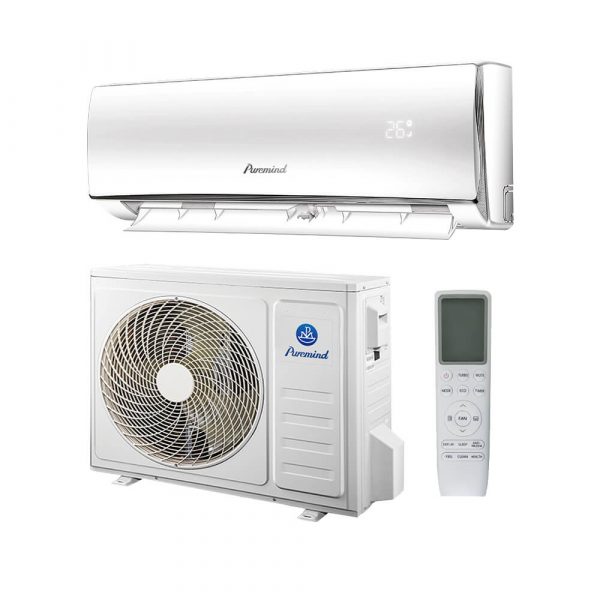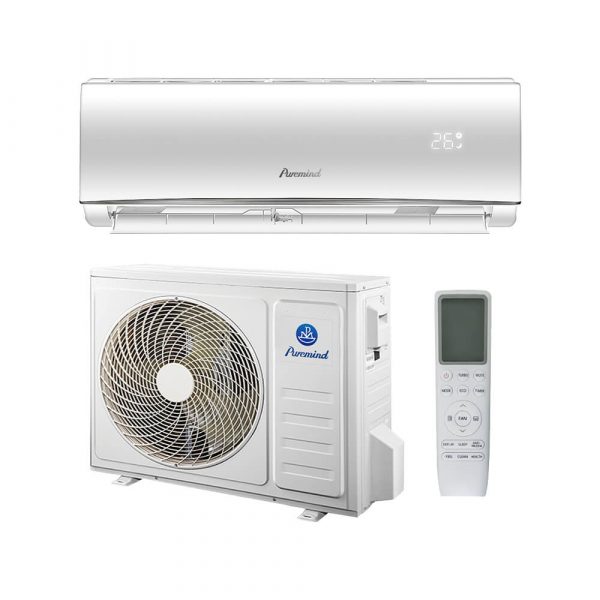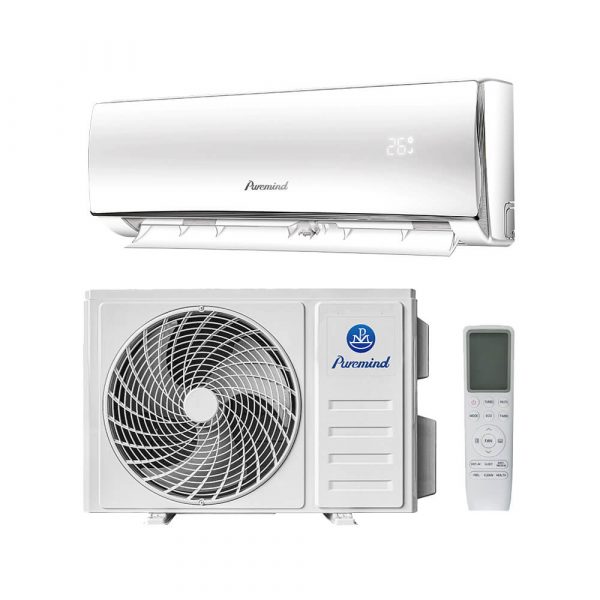How Split Air Conditioner Works: Complete Technical Guide
Split air conditioners are among the most efficient and widely used cooling systems in modern households and commercial spaces. But have you ever wondered how split air conditioner works? In this article, we’ll break down the working principles, key components, and cooling cycle behind these systems to give you a comprehensive understanding.
What Is a Split Air Conditioner?
A split air conditioner is a type of cooling system that divides its primary components into two units:
- Indoor Unit: Mounted inside the room, this part distributes cool air and contains the evaporator coil and blower fan.
- Outdoor Unit: Installed outside, it houses the compressor, condenser coil, and expansion valve.
These two units are connected via insulated copper pipes and electrical wiring, allowing for heat transfer and efficient operation.
Basic Principle: The Refrigeration Cycle
The split AC works based on a simple yet effective principle — the refrigeration cycle. Here’s a step-by-step look at how split air conditioner works:
- The indoor unit draws in warm air from the room.
- The refrigerant in the evaporator coil absorbs this heat, cooling the air.
- The warm refrigerant gas is pumped outside to the condenser unit.
- The outdoor unit’s fan blows air over the condenser coils to release heat.
- The refrigerant cools down and returns as a liquid to repeat the process.
Key Components Explained
1. Compressor
Located in the outdoor unit, the compressor is the “heart” of the system. It compresses the refrigerant gas, increasing its temperature and pressure before it enters the condenser coil.
2. Condenser Coil
This coil releases the absorbed heat into the atmosphere. As the refrigerant passes through, it changes from a gas to a liquid state.
3. Expansion Valve
Before entering the evaporator coil, the refrigerant passes through the expansion valve which reduces its pressure and temperature.
4. Evaporator Coil
This is where the actual cooling takes place. The cold refrigerant absorbs heat from the room air, thus cooling it.
5. Blower Fan
The indoor unit’s blower circulates cool air back into the room, maintaining a stable temperature.
Inverter vs Non-Inverter Split ACs
Inverter technology allows the compressor to operate at variable speeds, offering greater efficiency and consistent temperature control. Here’s how the two compare:
| Feature | Inverter Split AC | Non-Inverter Split AC |
|---|---|---|
| Energy Efficiency | High | Moderate |
| Cooling Speed | Faster | Slower |
| Noise | Low | Higher |
| Cost | Higher upfront, lower in long term | Lower upfront |
Benefits of Split Air Conditioners
- Energy Efficiency: Consumes less power compared to window units, especially inverter models.
- Quiet Operation: Noisy components like the compressor are placed outside.
- Better Air Distribution: Even and efficient cooling across the room.
- Aesthetic Appeal: Sleek indoor units blend with interior decor.
Use Cases and Applications
Split air conditioners are ideal for:
- Homes and apartments
- Offices and meeting rooms
- Small retail outlets
- Hotel rooms
Maintenance Tips for Optimal Performance
To keep your unit functioning optimally, regular maintenance is essential. Here are a few tips:
- Clean or replace air filters every 2–4 weeks
- Inspect refrigerant levels annually
- Clean indoor and outdoor coils periodically
- Schedule professional servicing once a year
Explore Efficient Split AC Models
Looking for high-quality, energy-efficient split air conditioners? Visit Puremind’s split air conditioner collection for a variety of models tailored to both residential and commercial needs.
Conclusion
Understanding how split air conditioner works allows you to make better decisions regarding installation, maintenance, and energy use. From its refrigerant cycle to its smart inverter technology, split ACs offer a blend of comfort, quiet, and cost-efficiency — making them a superior choice for climate control.







